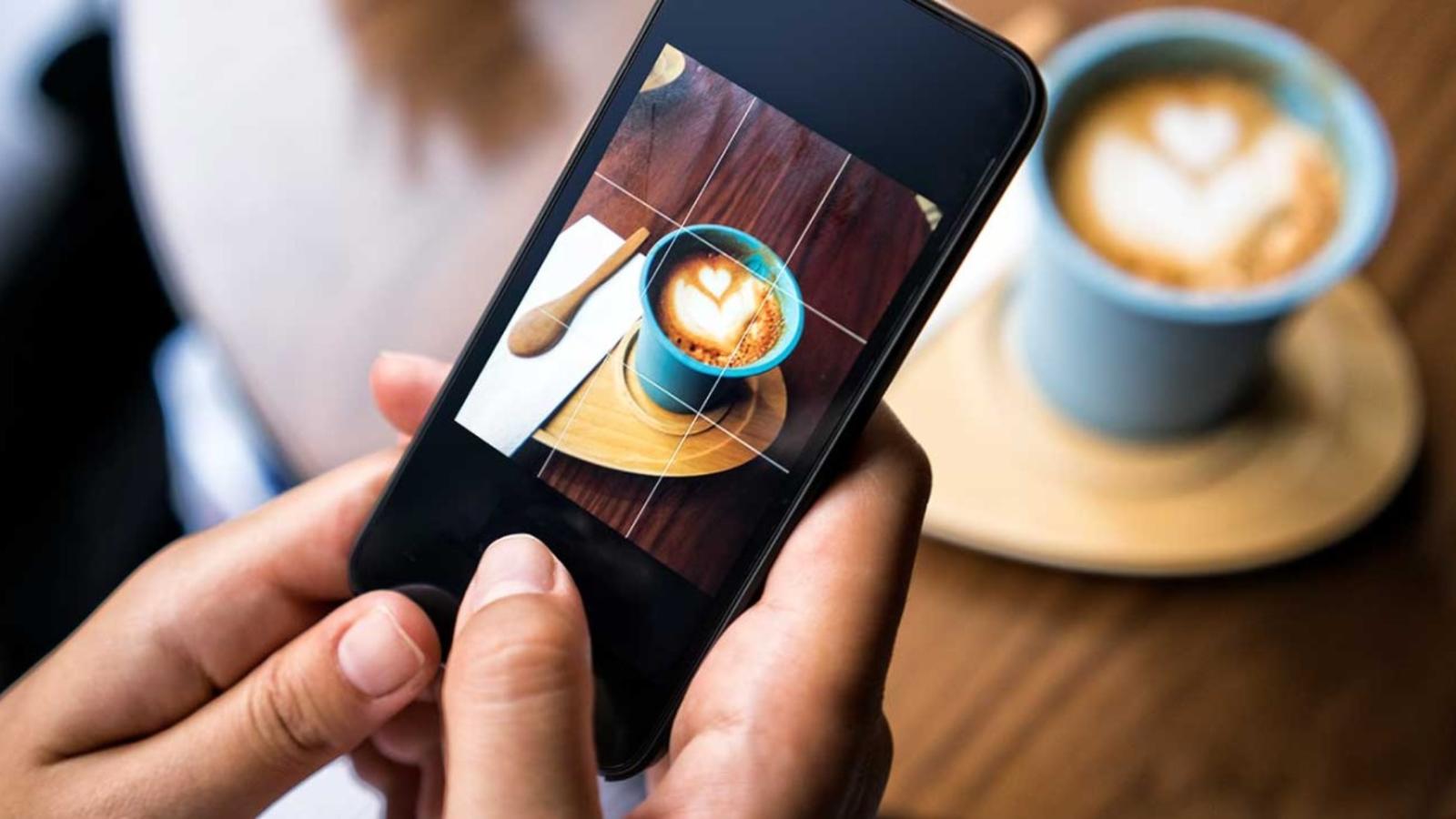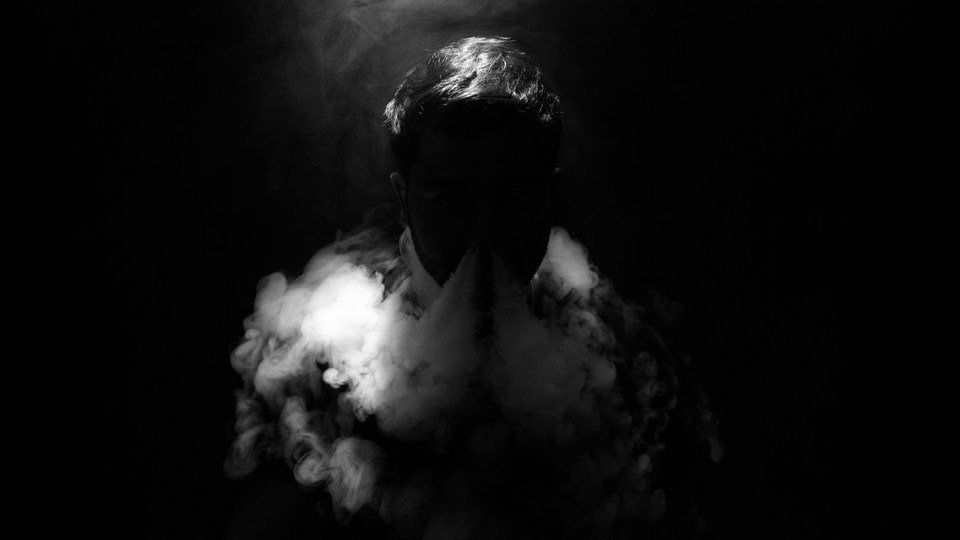
Keeping Up With The Joneses
How Social Context Impacts Consumption Budgets And Spending Patterns
Based on research by Wagner Kamakura and Rex Yuxing Du
How Social Context Impacts Consumption Budgets And Spending Patterns
- During recessions, expenditures on luxury items could be influenced not only by budgets, but also by what others are visibly consuming.
- Spending decreases for visibly consumed, non-essential products because consumers don’t have to spend as much to maintain social status. Everyone has cut spending.
- Managers should understand how and why consumers buy their products and services, especially during economic downturns.
During the Great Recession of 2008, some people lost their jobs or suffered pay cuts, while others proactively trimmed consumption in an effort to boost savings or reduce debt. As the economy expanded in the years after, we observed a persistent and rising gap between the financial “haves and have nots.” Regardless of why budgets differ among consumers, economists rely on an age-old relationship between consumption budgets and spending patterns: Those with small budgets spend the greater share of their money on essentials, such as groceries, while those with deeper pockets tend to spend a greater share of their money on non-essentials, such as jewelry and food away from home.
Economists rely on the “budget effect” to explain the relationship between macroeconomic conditions and shifts in consumer spending for both essentials (products or services that fulfill core needs) and non-essentials (products or services that fulfill “wants” rather than needs). They believe that macroeconomic cycles only change how much we spend on essentials versus non-essentials, not how much utility — a.k.a. enjoyment or usefulness — we get from either type of product.
The “budget effect” certainly makes sense. After all, during the last downturn, when many consumers cut back on their daily “Venti Upside Down Nonfat Caramel Macchiato” at Starbucks, CEO Howard Schultz claims that most didn’t stop patronizing Starbucks altogether. Rather, consumers made fewer visits but continued to experience pre-recession levels of gratification from the Starbucks products and experience. In the same vein, traditional economists argue that during a recession, we spend less on non-essentials only because we have less and not because we find the products less fulfilling.
However, Wagner Kamakura, professor of marketing at Rice Business, and his co-author Rex Yuxing Du, a professor of marketing at Bauer College of Business, knows better than to focus only on the budget effect when attempting to explain how economic cycles affect personal spending. Findings published in an an article he co-authored suggest that the impact of a recession (or expansion) on spending is not simply a matter of capturing the budget effect but also the “positional effect."
In assessing the potential for a positional effect, managers should focus not just on whether a product or service is essential or non-essential, but also on the meaning and social context that often underlies and surrounds consumption behavior. For example, consumption of positional goods or services often is used to signal a consumer’s socio-cultural position to others. To clarify, positional goods are those for which a consumer’s utility and spending level depends on their belief about how much others are spending on them (e.g. jewelry, houses, cars). They often are consumed publicly and, thus, have higher socio-cultural visibility than non-positional goods that are consumed privately (e.g. insurance, safety devices).
The logic behind the positional effect is straightforward when viewed through the lens of an economic downturn. During a recession, signaling social standing via expenditures is costly for everyone. So as total consumption falls across the economy, consumers tend to reduce spending on positional goods and services simply because it takes a lot less spending to either keep up with “The Joneses” or to remain “The Joneses.” Essentially, recession dampens the motivation for “competitive consumption.”
Kamakura and his co-author found strong support for their central hypothesis: In a recession, (a) consumers are likely to spend a smaller share of their budget on visibly consumed non-essentials (positional items) and are likely to spend a greater share of their budget on privately consumed essentials (non-positional items); and (b) the reverse takes place during an economic expansion. They used data made available by the Bureau of Labor Statistics and the National Bureau of Economic Research to assess expenditures for more than 66,000 households, spanning a period including three recessions (1982-2003). Support for their hypothesis was found across a broad assortment of products and services that were classified as either essential or non-essential as well as either positional (i.e. higher-visibility or public consumption) or non-positional (i.e. lower-visibility or private consumption).
Managers should understand how and why consumers buy their products and services, especially when a recession looms. While keeping up with The Joneses would be less costly for consumers during a downturn, firms could suffer the “double whammy” of positional and budget effects for visibly consumed non-essentials (think high-end luxury retailers). However, high-priced items aren’t the only ones for which spending could plummet should the economy take a dip. The management team at Starbucks also should be concerned about a drop in spending for many of their visibly-consumed, specialty drinks. The decline might be steeper than they think.
Wagner Kamakura is the Jesse H. Jones Professor of Marketing at the Jones Graduate School of Business at Rice University.
To learn more, please see: Kamakura, W. A. & Du, R. Y. (2012). How economic contractions and expansions affect expenditure patterns. Journal of Consumer Research, 39(2), 229-247.
Never Miss A Story


